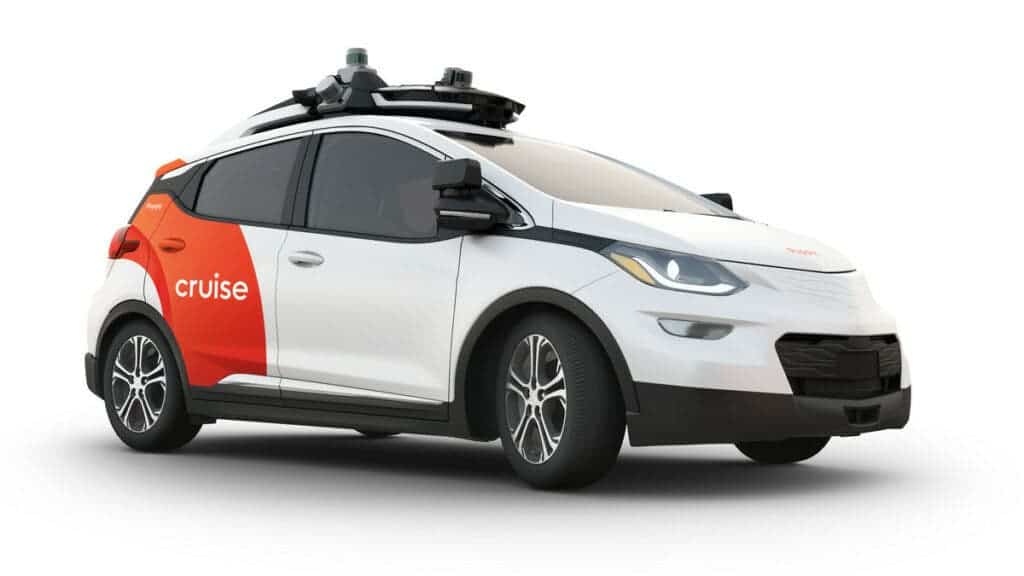Regulators in California gave the green light to a robotic taxi service in San Francisco that will soon begin charging passengers for driverless rides. The move comes after trials of dozens of companies such as Uber across the US, with reports expecting driverless taxis to become a major form of transportation in the next few years.

The California Public Utilities Commission allowed Cruise, a company owned by automaker General Motors, to launch its driverless taxi service despite safety concerns from Cruise’s inability to pick up and drop off passengers at the curb. The service will consist of 30 cars that will only operate in less congested areas of San Francisco.
Weather conditions are also a factor. The driverless taxis won’t operate under heavy rain, fog, smoke, or snow — or when these conditions are forecasted. These restrictions are aimed at limiting the chances of robotic taxis causing property damage or injuries. It will also allow regulators in California to test the technology before allowing the service to expand to more rugged conditions.
In a blog post, Cruise’s chief operating officer, Gil West, described the development as “a giant leap for our mission here at Cruise to save lives, help save the planet, and save people time and money.” He said the company will roll out its driverless taxis gradually and that it will work in “close coordination” with regulators and other stakeholders.
A big step forward
Cruise and another robotic car company, Waymo, had already been charging passengers for rides in San Francisco in driverless vehicles but with a backup human driver in case something went wrong with the technology. Now, Cruise was authorized to charge for rides in vehicles with no other people in them except for the passengers.
Many technology companies and traditional automakers have been seeking to roll out driverless taxis around the world, with cities around the world taking the first steps to adopt the technology. These vehicles have been described as a way of making taxi rides less expensive while reducing accidents and deaths caused by human drivers.
Cruise will use just one type of car for its taxi service: Chevrolet Bolt, an electric car made by General Motors. The car will rely on a series of sensors and cameras to operate autonomously. Cruise has also announced plans to build a car of their own, the Cruise Origin, which will lack pedals, mirrors, and a stirring wheel and just have sitting space for passengers.
Cruise is the first company to be allowed to charge for rides in a major US city, but not the first overall. Waymo has been running a driverless taxi service in the Phoenix area since October 2020. However, operating in the busy Bay Area, home to over seven million people, presents more challenges that robotic taxis will have to overcome.
Uber, the largest ride-hailing service, had announced plans to introduce 75,000 self-driving cars by 2019 and operate driverless taxi fleets in at least 13 cities by 2022. However, the company ended up selling its autonomous driving division in 2020. Tesla also vowed to run a robotic taxi fleet by the end of 2020 but that didn’t happen yet.



